When it comes to cooking, nothing can make a dish sing like fresh ingredients. This extends from the meat, vegetables, and grains to the spices and herbs used. Use some of them yourself.
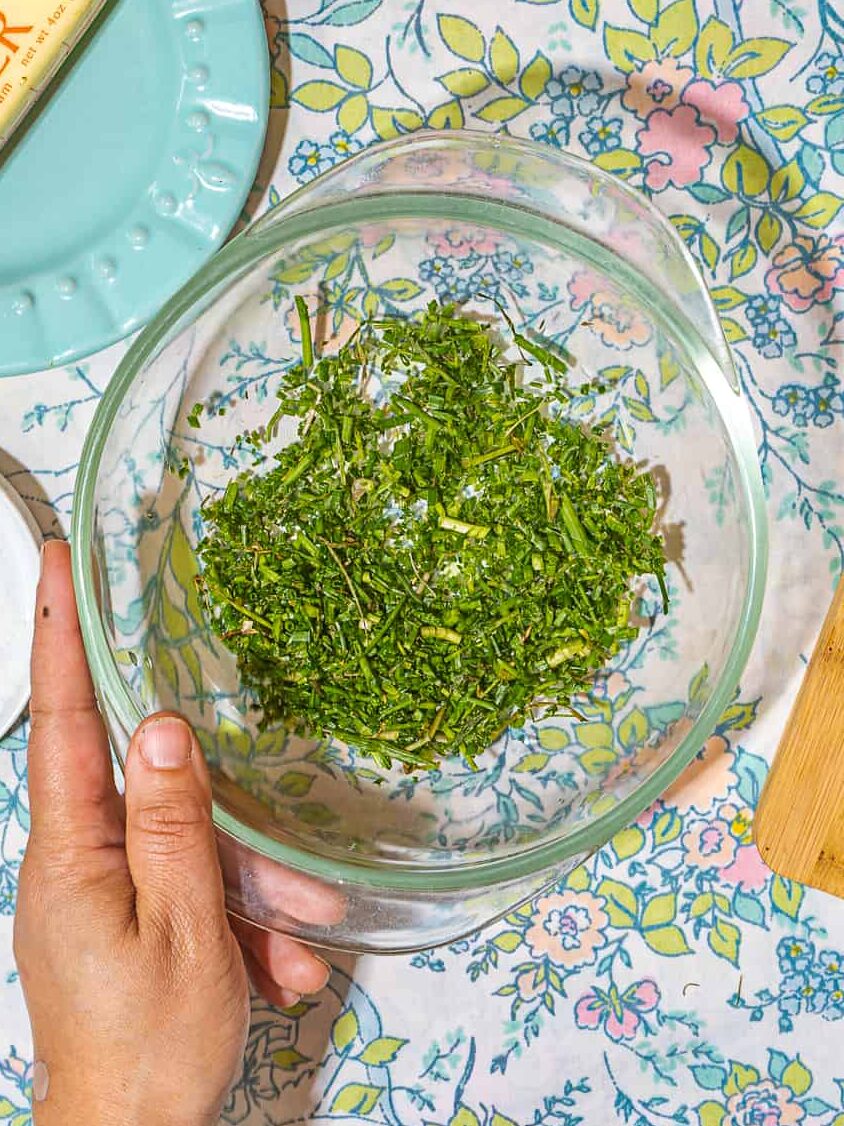
What are herbs? Are they different than spices?
Good question! The main difference between these depends on what part of the plant they come from. Herbs are leaves, blooms, stems--anything green on the plant (I'm looking at you, chives!), while spices are a plant's fruit, berries, or seed pods. Garlic and onions are members of the Lily family and are used as both an herb and spice, but: they are a vegetable! Here are some examples of spices:
Spices

- seeds like mustard and fennel
- barks like cinnamon
- fruit/berries
- cloves
- cumin
- orange zest
Using Dried vs Fresh Herbs
Many of us use dried herbs that we've bought from the store. There is nothing wrong with that. They are convenient and can be cheaper than purchasing fresh ones. We add them to recipes, marinades, salads, and dressings. To get the best taste from them, hold them in one hand and rub them back and forth with your other index finger. It can squeeze more flavors out of your dish.
Better than that and cheaper still to grow your own herbs. Pinching a leaf or seeds at the peak of potency provides a different taste experience from drying. When are most herbs at their peak? It is when they are just about to bud. The flowers have yet to open. This is the time to pick the leaves and enjoy them.
Eleven Common Herbs for Cooking
Here are some seven popular herbs used for cooking. If you had an indoor herb garden, you could pick a few yummy leaves.
1. Basil
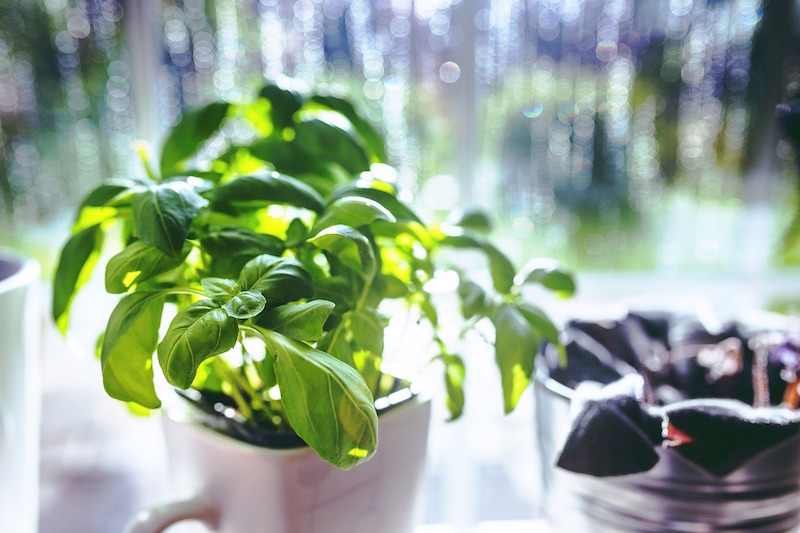
The most common variety used is sweet basil. Pesto is made using fresh basil. When tomatoes are present, don't forget your basil, mozzarella cheese, and olive oil.
2. Dill
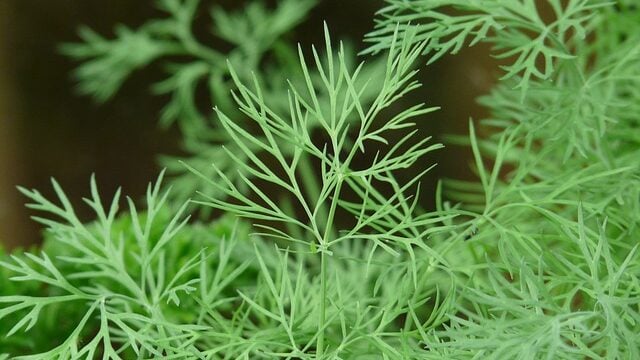
You've heard of dill pickles, haven't you? This is where they get their name. This fresh herb often combines other ingredients in vinaigrette dressings and mayonnaise-based dressings. In addition, it makes a great companion for fish and shellfish dishes.
3. Cilantro

This is commonly used for South-East Asian and Mexican cooking. All parts of the herb are helpful. The seeds are known as coriander!
4. Oregano

A favorite Mediterranean herb that we often associate with Italian cuisine. You'll find it on pizza, in spaghetti and tomato sauce. Oregano is one of the rare herbs that taste best when dried. You can learn to grow and dry your own.
5. Mint
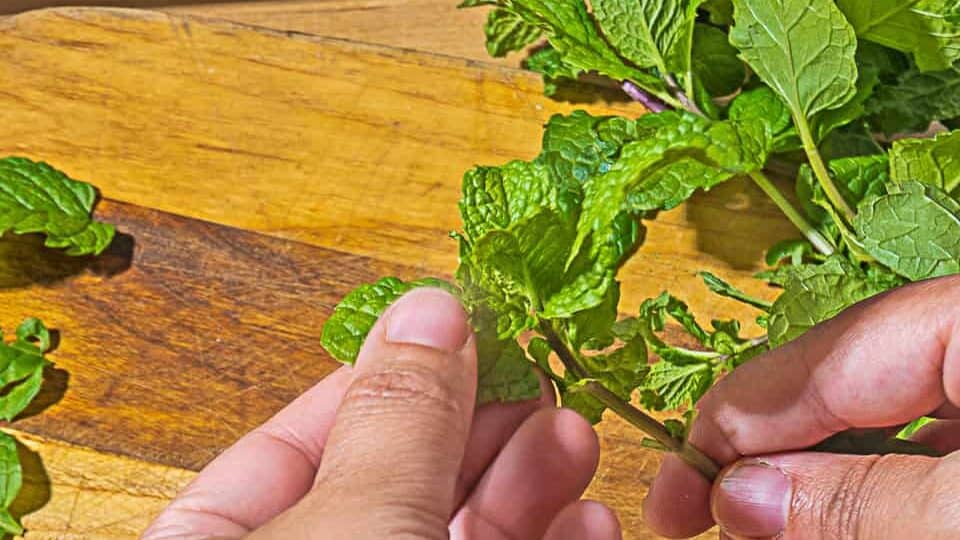
There are several varieties. It can be a stomach soother and a palette cleanser. Add a sprig of mint as a garnish on your plate for guests to nosh on between courses. Spearmint is a good choice for seasoning meats like lamb and drinks like iced tea and alcoholic beverages.
6. Rosemary
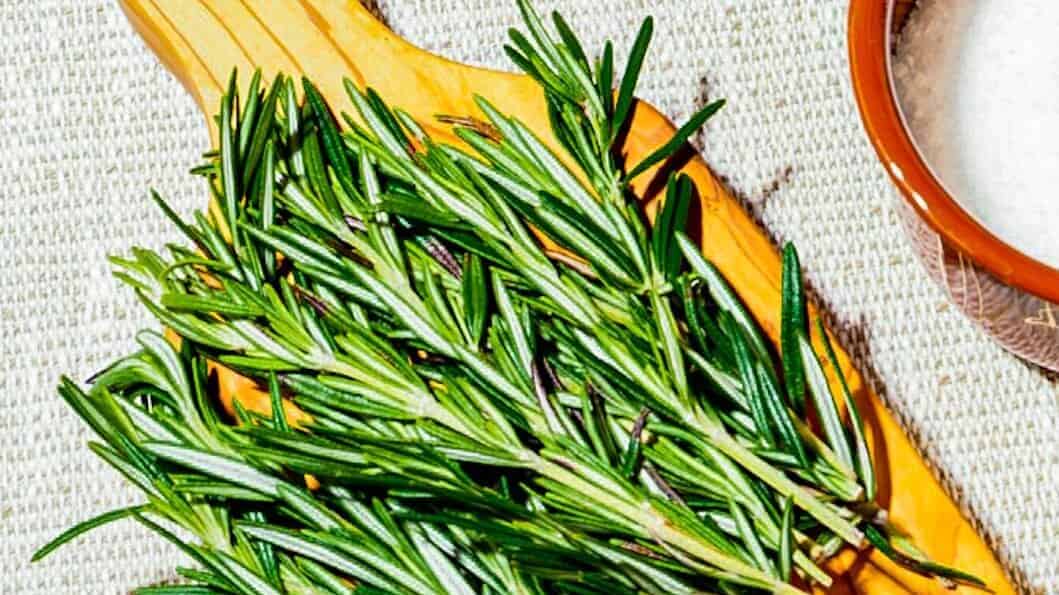
Seen almost as often as oregano in Mediterranean cuisine. Its many sprigs have a pungent pine fragrance that pairs well with pork, poultry, oils, sauces, and pizza.
7. Thyme
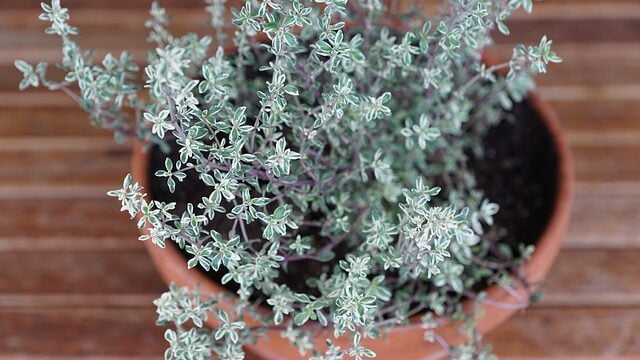
This type of herb is paired with egg and vegetable dishes and meats like poultry, pork, and fowl. It is often added in a mixture that contains oregano, rosemary, sage, parsley, and savory.
8. Sage
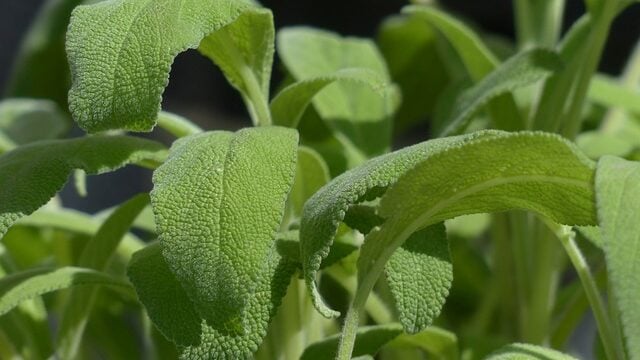
there's a type of sage that smells like pineapples!
9. Fennel

Fennel tastes like anise or licorice and can be used to season fish and sometimes in sauces. You can use the leaves, seeds, and stems.
10. Lavender
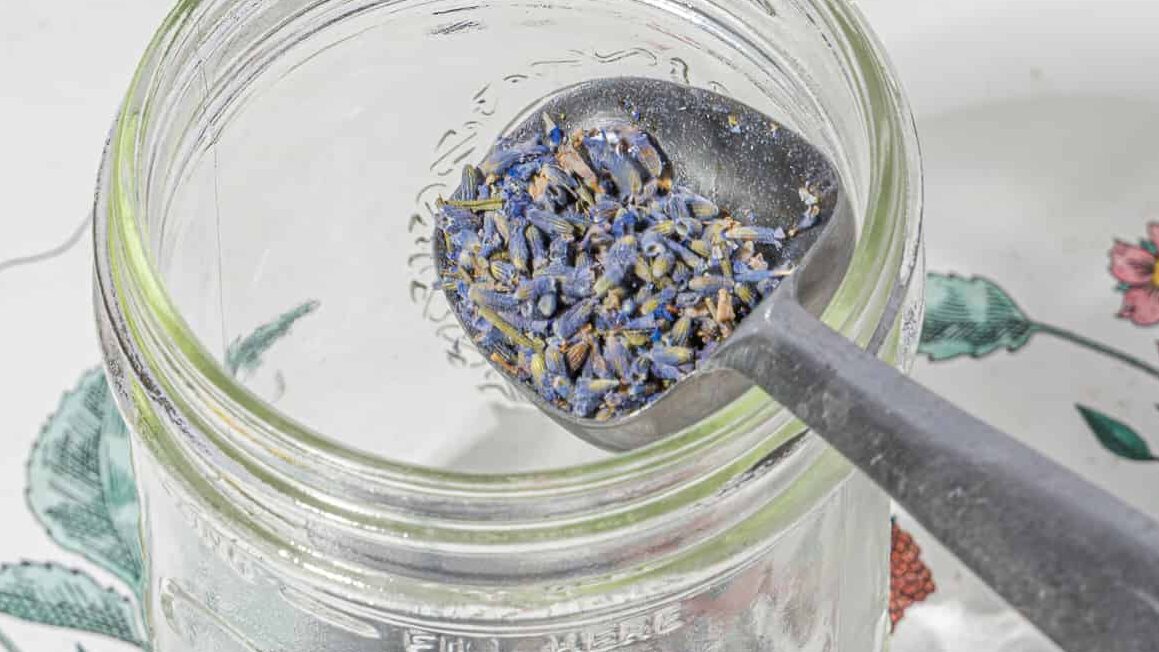
Lavender boasts beautiful purple blooms, and the dried lavender buds have a light and floral scent. It is calming.
11. Chives

They are often paired with sour cream atop a baked potato or a warm potato salad.. They are great dried and fresh!



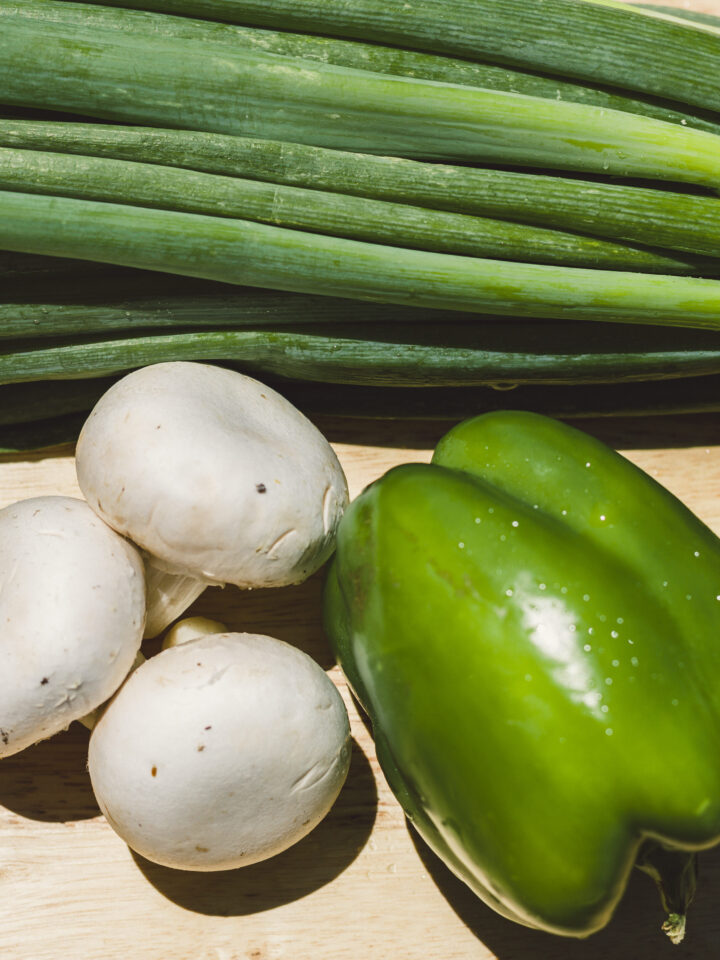
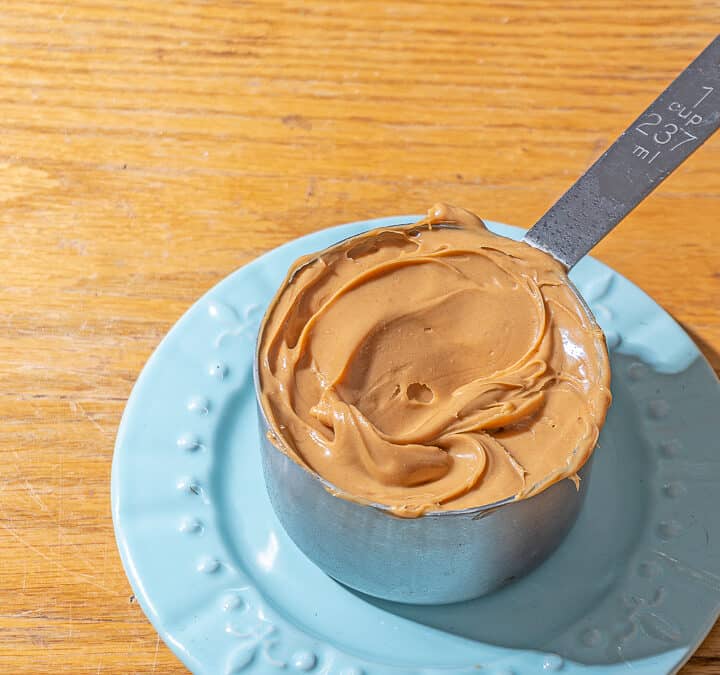

Comments
No Comments